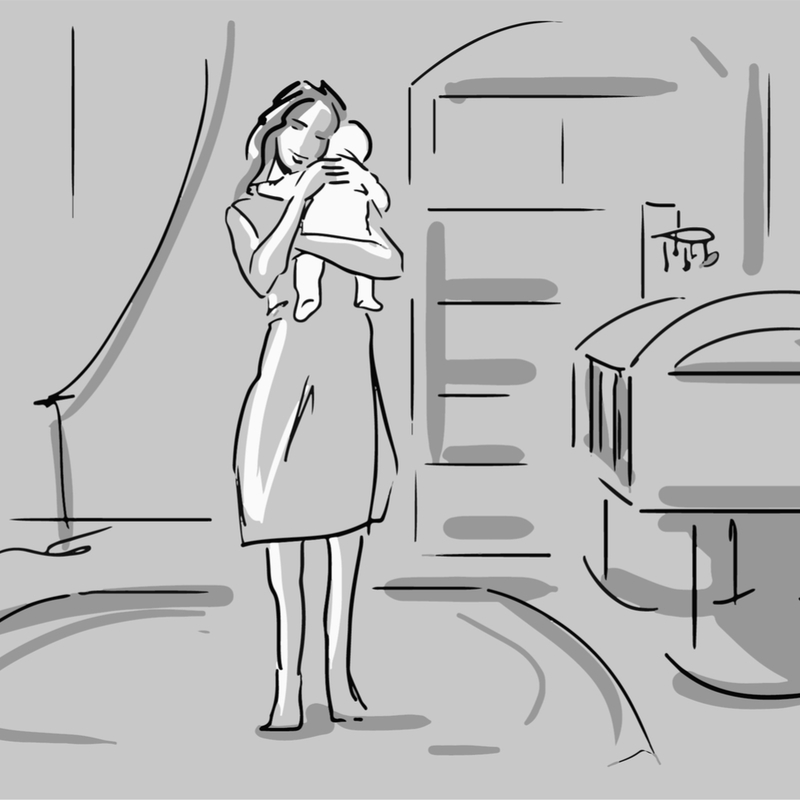Hope for reducing maternal mortality rate grows as CHAMPION trial concludes
UNI Mar 02, 2018
At least one out of five worldwide deaths during childbirth happen in India and Postpartum Haemorrhage (PPH) is the leading cause of maternal mortality, but this situation may now change, thanks to a large trial (The CHAMPION trial) undertaken by the Human Reproduction Program (HRP) at the World Health Organization enrolling nearly 30,000 women in 10 countries including India.

To be more precise, globally, about 800 women die every day of preventable causes related to pregnancy and childbirth; 20 per cent of these women are from India. While one of India’s millennium development goals (MDG) was to reduce its Maternal Mortality Ratio by three quarters, India did not reach this goal and its MMR stands at 167 and haemorrhages and infections still continue to be the leading causes. This situation may now change, thanks to a large trial (The CHAMPION trial) undertaken by the Human Reproduction Program (HRP) at the World Health Organization enrolling nearly 30,000 women in 10 countries including India, wherein the effectiveness and safety of heat-stable carbetocin vs oxytocin, the current standard of care, for preventing PPH after vaginal birth was
compared.
The good news is that this trial is now complete and if the results are favourable, it will lead to the application for approval of this product by the concerned companies. Ferring Pharmaceuticals and MSD, known as Merck & Co., Inc., through its MSD for Mothers initiative, announced the completion of CHAMPION (CarbetocinHaemorrhagePrevention). According to SRS 2001-2003, PPH(post-partum haemorrhage)for which the above-mentioned drug is used, accounts 38 percent of maternal deaths. PPH is a frequent complication of delivery and its reported incidence in India is 2% - 4% after vaginal delivery and 6% after cesarean section with uterine atony being the most common cause (50%).
Various studies in different regions of India report different prevalence of PPH. North east region: 21.27%; Delhi: 22.7%; Orissa:28.57%; Western India: 24.6%.
-
Exclusive Write-ups & Webinars by KOLs
-
Daily Quiz by specialty
-
Paid Market Research Surveys
-
Case discussions, News & Journals' summaries